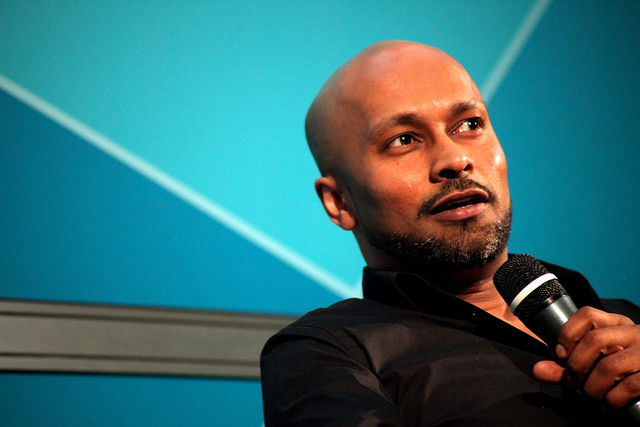
This summer will see a continuation of celebrations of the 100th anniversary of the notorious The Rite of Spring by the Akram Khan Dance Company taking Khan’s iTMOi (in the mind of Igor [Stravinksy, the composer]) to Australia and presenting it at the Sydney Opera House in August and September 2013. This production will visit the city direct form its world premiere at the Maison de la Culture in Grenoble and a season at Sadlers Wells, London. This is incredibly exciting news for contemporary dance fans in the southern hemisphere!
iTMOi was choreographed by Khan to mark the 100th year since the provocative premiere of Igor Stravinsky’s The Rite of Spring in Paris, in which it evoked rioting and disorder. As a result, iTMOi aims to capture the chaotic energy of the original work, taking its vibrant spirit as the starting point for the new work and creating something organic.
Khan is renowned for his artistic collaborations and for this production he has worked with composers Nitin Sawhney, Ben Frost and Jocelyn Pook to develop a brand new score, inspired by Stravinsky’s work. Khan stated that he was ultimately interested in the dynamics of how Stravinsky transformed the classical world of music by evoking emotions through patterns, rather than through musical expression, which audiences could argue is none existent in the groundbreaking work. The patterns of the music are rooted in the concept of a woman, the ‘chosen one’ dancing herself to death as sacrifice, which forms the main part of Khan’s inspiration in reinvestigating the work. Khan also aimed to explore the human condition, not just the patterns, to remind audiences of the essences of the mind and imagination, which are wild and self-generating.
Images courtesy of Andy Miah at Flickr.

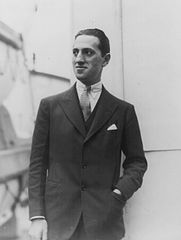 Some of today’s most renowned musical theatre artists will be paying tribute to the music of George Gershwin by performing at a concert in September. Michael Ball, Kerry Ellis and Gina Beck, amongst many others, are set to celebrate his music through Summertime – An Evening of Gershwin which will be part of the Live by the Lake season at Kenwood House, north London, later in the year.
Some of today’s most renowned musical theatre artists will be paying tribute to the music of George Gershwin by performing at a concert in September. Michael Ball, Kerry Ellis and Gina Beck, amongst many others, are set to celebrate his music through Summertime – An Evening of Gershwin which will be part of the Live by the Lake season at Kenwood House, north London, later in the year.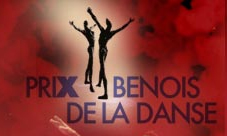 One of the world’s most prestigious ballet competitions, the Prix Benois de la Danse is awarded at the Bolshoi Theatre in Moscow, Russia every year in order to give credit to the best of dance talents in the world for their achievements over the past year, such as best choreographer, as well as the best male and female dancer.
One of the world’s most prestigious ballet competitions, the Prix Benois de la Danse is awarded at the Bolshoi Theatre in Moscow, Russia every year in order to give credit to the best of dance talents in the world for their achievements over the past year, such as best choreographer, as well as the best male and female dancer.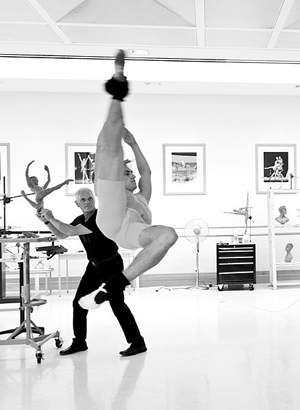 Sergei Polunin, the notorious “bad boy” of the ballet world, is set to appear in The Moscow Stanislavsky Ballet’s production of Roland Petit’s Coppelia at the London Coliseum in July this year for just six performances.
Sergei Polunin, the notorious “bad boy” of the ballet world, is set to appear in The Moscow Stanislavsky Ballet’s production of Roland Petit’s Coppelia at the London Coliseum in July this year for just six performances.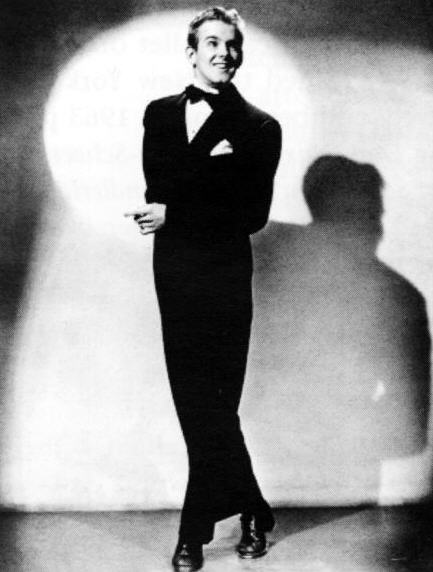 June 23 will mark the anniversary of dance legend Bob Fosse’s birth in 1927, almost 90 years since. Fosse was an American actor, dancer, musical theatre choreographer, director, screenwriter, film editor and film director, with some of his dance work including The Pajama Game (1954), Damn Yankees (1955), How To Succeed In Business Without Really Trying (1961), Sweet Charity (1966), Pippin (1972), Cabaret (1972) and Chicago (1975). He won eight Tony Awards for choreography and one for direction.
June 23 will mark the anniversary of dance legend Bob Fosse’s birth in 1927, almost 90 years since. Fosse was an American actor, dancer, musical theatre choreographer, director, screenwriter, film editor and film director, with some of his dance work including The Pajama Game (1954), Damn Yankees (1955), How To Succeed In Business Without Really Trying (1961), Sweet Charity (1966), Pippin (1972), Cabaret (1972) and Chicago (1975). He won eight Tony Awards for choreography and one for direction.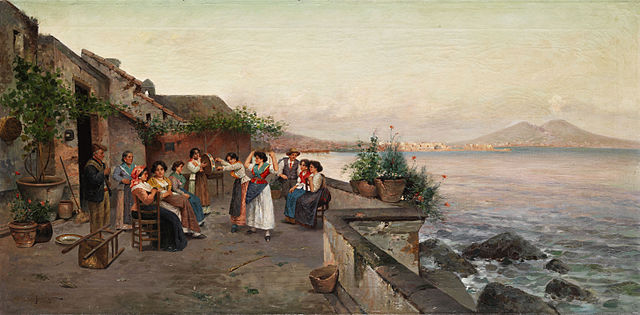 Many balletomanes may believe they know of the Tarantella through iconic American choreographer George Balanchine. However the dance, as a wild folk dance of Italy, was once believed to be a cure for tarantula bites, characterised by a fast, upbeat tempo and accompanied by tambourines.
Many balletomanes may believe they know of the Tarantella through iconic American choreographer George Balanchine. However the dance, as a wild folk dance of Italy, was once believed to be a cure for tarantula bites, characterised by a fast, upbeat tempo and accompanied by tambourines.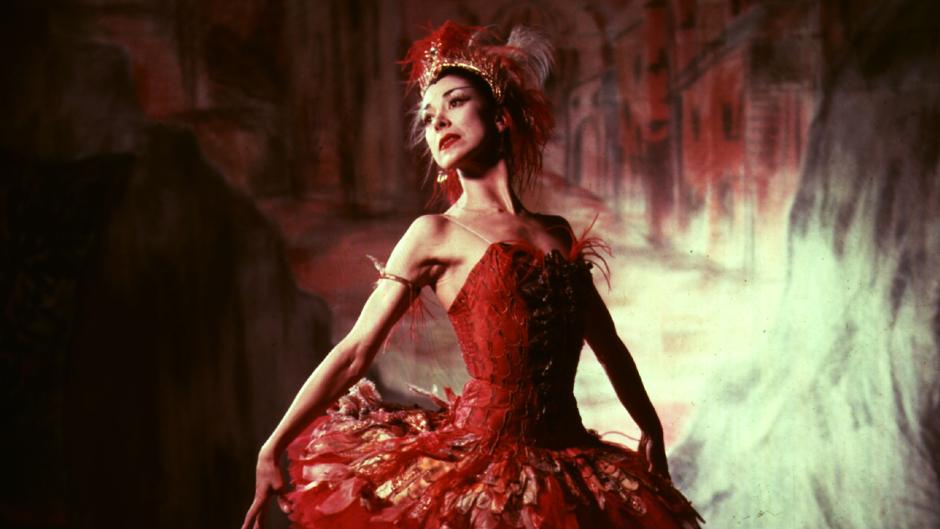 Dame Margot Fonteyn’s name dominated British ballet for more than 40 years as one of the truly great dancers of our time and the most famous ballerina of the second half of the century. Her name is one part of the legendary partnership with Rudolf Nureyev, with Fonteyn becoming late choreographer Frederick Ashton’s muse and an iconic figure of the English classical ballet style of elegance.
Dame Margot Fonteyn’s name dominated British ballet for more than 40 years as one of the truly great dancers of our time and the most famous ballerina of the second half of the century. Her name is one part of the legendary partnership with Rudolf Nureyev, with Fonteyn becoming late choreographer Frederick Ashton’s muse and an iconic figure of the English classical ballet style of elegance.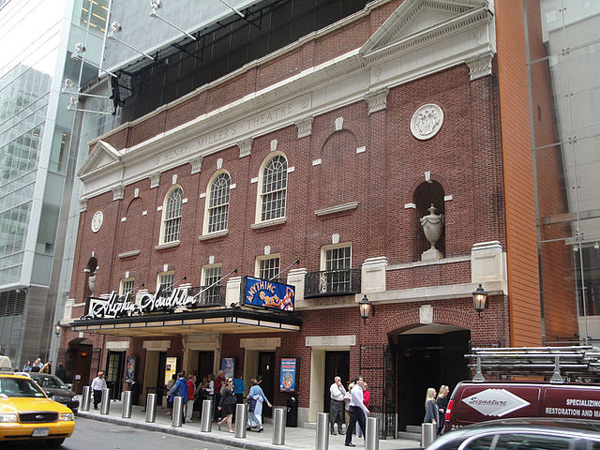 The classic production Anything Goes is back on the musical theatre scene and is currently on tour across North America, visiting St. Louis, Washington, Schenectady, Toronto, Costa Mesa, Portland, Spokane and Seattle. This splendid new production produced by the Roundhouse Theatre Company will feature all the iconic tracks such as ‘I get a Kick out of You’, ‘It’s De-Lovely’ and ‘Anything Goes’, with the legendary Cole Porter the genius behind the music and lyrics of this sassy Broadway musical.
The classic production Anything Goes is back on the musical theatre scene and is currently on tour across North America, visiting St. Louis, Washington, Schenectady, Toronto, Costa Mesa, Portland, Spokane and Seattle. This splendid new production produced by the Roundhouse Theatre Company will feature all the iconic tracks such as ‘I get a Kick out of You’, ‘It’s De-Lovely’ and ‘Anything Goes’, with the legendary Cole Porter the genius behind the music and lyrics of this sassy Broadway musical.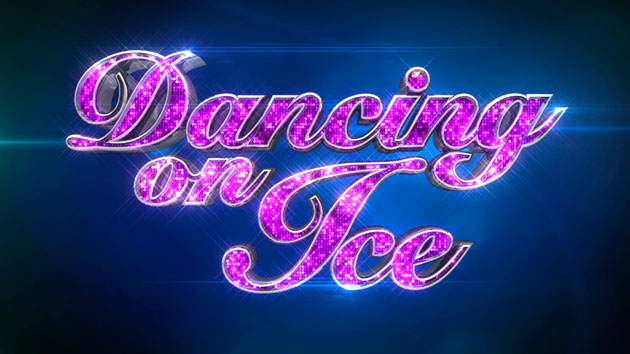 It has been announced that 2014, as the 30th anniversary of Jane Torvil and Christopher Dean’s Olympic Bolero performance, will mark the last series of Dancing on Ice. Torvil and Dean, the series’ mentors, felt it made sense to end the show, as a mark of the anniversary of their groundbreaking dance at the Sarajevo Winter Olympics.
It has been announced that 2014, as the 30th anniversary of Jane Torvil and Christopher Dean’s Olympic Bolero performance, will mark the last series of Dancing on Ice. Torvil and Dean, the series’ mentors, felt it made sense to end the show, as a mark of the anniversary of their groundbreaking dance at the Sarajevo Winter Olympics.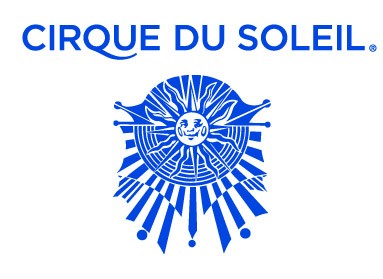 Cirque du Soleil, the multi-faceted performance extraordinaire, has revealed its tour dates for 2013, beginning in July at the London 02. Running from 18 July to 10 November, the tour will visit cities and venues such as London’s Wembley Arena, Newcastle upon Tyne’s Metro Radio Arena, Leeds Arena, Liverpool Echo Arena and the Capital FM Arena Nottingham. This is aside from the international leg for Cirque, heading out to Palma de Mallorca, Spain, for the August part of the tour, and then to France and Spain from mid-November until Christmas.
Cirque du Soleil, the multi-faceted performance extraordinaire, has revealed its tour dates for 2013, beginning in July at the London 02. Running from 18 July to 10 November, the tour will visit cities and venues such as London’s Wembley Arena, Newcastle upon Tyne’s Metro Radio Arena, Leeds Arena, Liverpool Echo Arena and the Capital FM Arena Nottingham. This is aside from the international leg for Cirque, heading out to Palma de Mallorca, Spain, for the August part of the tour, and then to France and Spain from mid-November until Christmas.